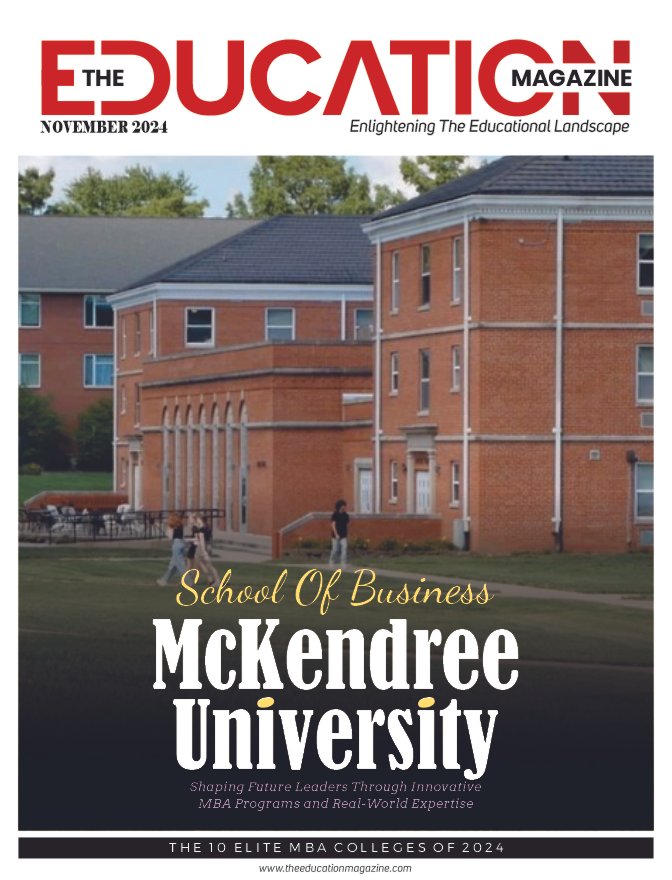Education loans can be ideal since they let students have money to pay for their educational expenses. It is documented that in India, the number of student loans released annually has increased remarkably. When contemplating about education loan for abroad studies, it is essential to have sufficient information because of several options available. One of the major challenges is separating the facts from myths about these loans. In helping you through this process, we have compiled and debunked some common misconceptions about student loans so that you have accurate information to pursue your higher education dream.
Myth 1: If You Have Money Self Fund Your Abroad Studies
It’s better to pay for your own studies instead of taking out an education loan for abroad studies according to a lot of people but it might be challenging to do so. Draining all your savings, disposing off properties like land or cars, giving away valuables, or taking help from friends may be stressful experiences. An education loan on the other hand preserves your savings for other possible family emergencies as well as health issues.
Why choosing an education loan rather than self-funding makes financial sense:
● Interest advantages – Instead of using up all your savings for funding your abroad education at once, you can invest this amount and ensure it generates interest.
● Tax benefits: Under the latest TCS regulations, self-funding education incurs a 5% tax on the amount, whereas for education loans, it’s just 0.5%. Moreover, the interest paid on education loans is eligible for a tax deduction under section 80E of the Income Tax Act.
Myth 2: Collateral is Mandatory for Education Loan for Abroad Studies
Students have options to secure education loans for abroad studies with or without collateral depending on the lender’s policies. Loans non-collateral requiring ones are given on the basis of the joint income of the co-borrower and the academic profile of the student. This type of unsecured loan ranges between INR 40 to 50 Lakhs (for U.S. STEMS), and up to INR 75 Lakhs (for U.S STEM); such credits are targeted at the full cost of education and are accompanied by simple or partial interest payment options during the deferment period.
Myth 3: Applicant Must Have Credit/CIBIL Score
It is widely believed that lack of credit history and CIBIL scores make individuals ineligible to get an educational loan. If you do not have a credit score then it will be shown as “-1”, which does not matter in the case of an education loan.
Rather than solely focusing on credit scores, they assess a range of factors including academic achievements, potential future earnings, entrance exam scores, and the income of the co-borrower. This approach enables students without a credit history to still secure education loans.
Myth 4: Education Loan Only Covers Tuition Fees
An international education loan has been designed to cover both your educational and daily living expenses. This covers tuition fees, study materials, equipment tools, travel expenses, accommodation, food, and many other things. You will need to provide proof for each type of expense that you state. The specifics of what an education loan can cover are detailed in specific guidelines provided by the lender.
Myth 5: International Education Loan to be Repaid While Studying
Several lenders have a grace period called a moratorium period during which no repayments are required. Normally this is exactly the duration of the course plus another 6-12 months afterwards. Thus students may not be worried about repaying their loans while they’re still studying abroad. However, it should be noted that interest will accumulate during this time and will be added to the principal balance of the loan. Therefore even when lenders do not require immediate repayment it is wise to begin paying back the student loan while studying so as to reduce interest burden at large.
Myth 6: Co-Borrower is Compulsory for Education Loan
Prodigy Finance and MPOWER Financing are examples of global lending institutions that do not require security or co-borrowers. In the case of professional education loans, there is a possibility that the co-borrower requirement might be waived on grounds of financial independence of the applicant. A good example is ICICI Bank’s experience-based product which allows work-experienced applicants to apply for educational loans without financial co-applicants.
Myth 7: Obtaining an Education Loan for Abroad Studies is not Easy
It might look like applying for an international student loan is complex at first glance. However, some lenders continue to simplify this process for easy use by students. Nowadays, many banks and other lending institutions have introduced online platforms through which students can submit their applications for educational loans right from wherever they are. As these educational institutions embrace technology their focus has also been on offering special assistance programs related to the loans they provide. This support involves consultation with experts who offer step-by-step guidance to potential borrowers throughout the various stages of application till approval stage.
Myth 8: It is Difficult to Repay International Education Loan
Education loan repayment terms are designed to be accommodating and flexible for students, offering a duration typically ranging from 10 to 15 years. This repayment period can be adjusted, allowing borrowers to either shorten or extend the timeline based on their financial situation, thereby offering a tailored approach to managing their debt. Additionally, borrowers have the opportunity to avail themselves of tax benefits on the interest paid towards their education loan. These tax advantages can be claimed for up to 8 years of the repayment period, providing a financial incentive to manage and repay the loan efficiently. This system is structured to ease the financial burden on students, enabling them to focus on their careers without the immediate pressure of loan repayment.
Don’t miss out on the chance to secure an education loan simply because you feel you don’t have as much as your friend or neighbor. Investigate the various available options, choose the one that fits you best, and embark on your educational journey with confidence.
Also Read: How to Balance Education Savings With Other Financial Goals










